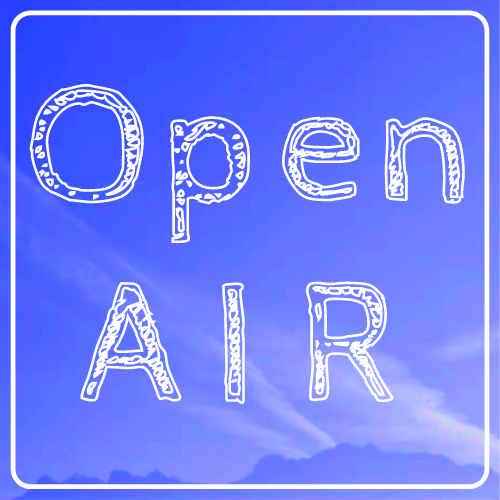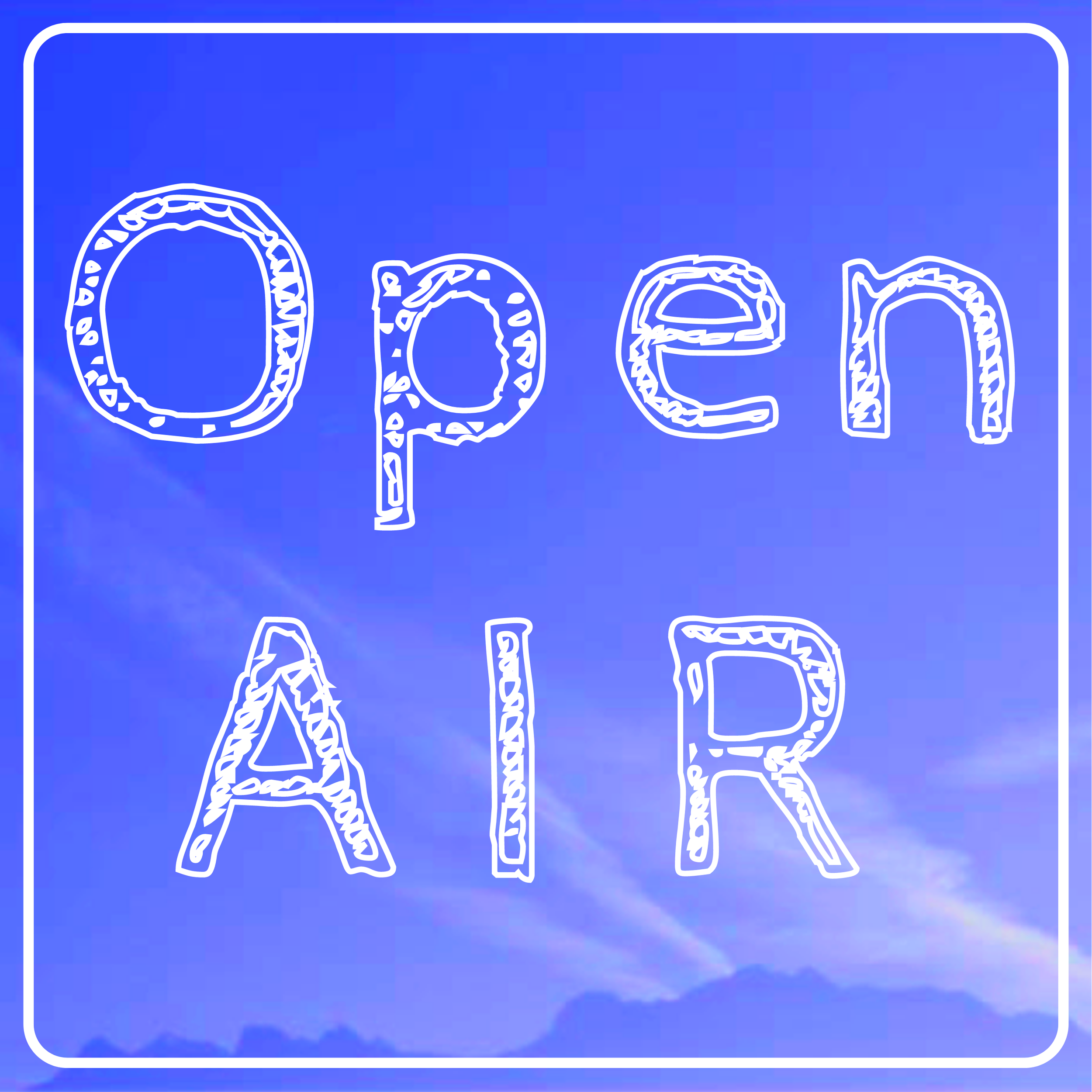Hannah Laga Abram: DANCING WITH PLACE
“When my own ideas get out of the way, the movement that remains is a dance made between me and the land, between me and the studio, between me and the sky — it’s like a pas de deux with a wild, omnidirectional, shapeshifting partner.”
Summer I 2024 Artist-in-Residence at
Garden City Harvest
Hannah Laga Abram in the Garden City Harvest barn loft.
What role does place play in your work?
When I tell people I’m a dancer, the most common response is “Cool, what kind of dance do you do?” I’m still fine-tuning my response. The most difficult to articulate part of the answer is that I do not consider my dance practice a “solo” practice, nor even a performance practice — though it often looks like both of those things. When I am dancing, I am not dancing for, I’m dancing with. Whether I’m inside or outside, my interest is ignited by how I move in relation with where I am. For me, dance is an invitation to be influenced, a way to make visible the often invisible relationships between my body and the living, breathing surroundings. Sometimes what emerges looks like a trust fall, sometimes like a very structured ballet, but always I am not the only choreographer. So when I tell people my work is “site-specific” or “place-based,” what I really mean is that wherever I am — the loft at Garden City Harvest, for example — is a collaborator in what and how I create.
My own secret hunch is that artists never really work alone, we’re always influenced, always moved by the place where we are. What I love about dance is how unmistakable that influence is. When my own ideas get out of the way, the movement that remains is a dance made between me and the land, between me and the studio, between me and the sky — it’s like a pas de deux with a wild, omnidirectional, shapeshifting partner. Dancer Andrea Olsen says, “We dance to meet what we do not know.” For me, dance is a way of meeting, partnering, and apprenticing to the mysterious intelligence of a place.
Hannah dancing in the loft space.
Describe your Open AIR Residency experience.
I was lucky to be in residence at Garden City Harvest this past summer. As a dancer whose work revolves around the “site-specific” (place-based), I expected to work entirely outside. Usually, my research takes the shape of dancing outside in a specific place over an extended period of time. But Garden City Harvest surprised me. I was offered the loft of their barn, which is used for drying and curing vegetables during the winter, as a studio space. I walked up the scuffed stairs into the loft and was immediately transfixed. The center of the space was occupied by a simple structure from which garlic etcetera had hung to dry. Faded loops of baling twine tangled around the posts and crisscrossed the top of the structure, giving it a bower-like feeling. In there, I thought, I’m dancing in there. I found a giant roll of construction paper (basically thin cardboard) at Home ReSource, nicked tape and a broom from the garden office, and began my residency by making a danceable floor inside this dangling-twine bower.
Hannah’s crafted studio.
I brought to this residency questions about work — manual labor, daily tasks, how we move our bodies in mundane and habitual ways, what kinds of movement count as art, what kinds of movement remind us we are bodies, what kinds of movement we ignore, what kinds of movement enliven the places where we work. I also arrived at a moment of not being quite sure about my next steps as an artist. These wonderings about work draped themselves on the structure alongside questions like Who am I as an artist right now? What kind of work do I want to make and for who? How do I make money? The scaffolding of the space, this baling twine-entwined structure, held all of these questions and afforded me the chance to dance inside and among them without needing to answer any one of them definitively. Instead, I was simply able to explore and generate material amidst them all. I supplemented this studio dance research with volunteering in the garden. This combination let me fall into a kind of present making/growing where all the questions could just be.
The gardens at Garden City Harvest that Hannah volunteered in.
What is the responsibility/role of artists today?
Wow, are we living in mad times! As I answer this question, there are fires burning in L.A., wars raging, and the snow falling in Missoula feels like too little too late. I’m of the generation who has never had a choice about believing in climate change, but old enough to see the dwindling snowpack in the Rockies and know it hasn’t always been this way. What is our responsibility as artists, as people, in these times? My answer these days is CELEBRATION. No, not to turn a blind eye and focus on the “light,” just the opposite. To see clear to the beauty and attend to celebrating, honoring, remembering it.
Hannah guides people through dance improvisation during her workshop.
The antidote to toxic positivity, for me, is honesty. I’ve spent the last several years allowing myself to notice, slowly, with immense anger and grief, just how much is dying. I’m not finished with that noticing; it’s a task, every day, to let it be true how much gorgeous aliveness, due to our own relentless culture, is utterly beyond repair. It’s another task, personally and collectively, to really feel the impact of the continuing loss, continuing rampage, continuing violence against peoples and places. And yet, as a friend pointed out to me once, we’ve still got to get up every day. So what is left to us, given that the loss, the tragedy, is unfolding all around us? I’m a dancer, so I’m biased. I would say, what is left for us is to dance. But it could be to paint, to write, to sing, to skateboard — by whatever means available to make of our own lives and relationships an ode to the remarkable beauty of this earth. To hold ourselves accountable to reminding each other of the wonder of larch needles falling, of a ripe tomato, of the simple sweetnesses, the surprising goodnesses, and the grief. I think it is our responsibility as artists to gather and share these ways of noticing and to fine-tune our ears, our eyes, our hands and feet, our noses, and our voices to praise.








